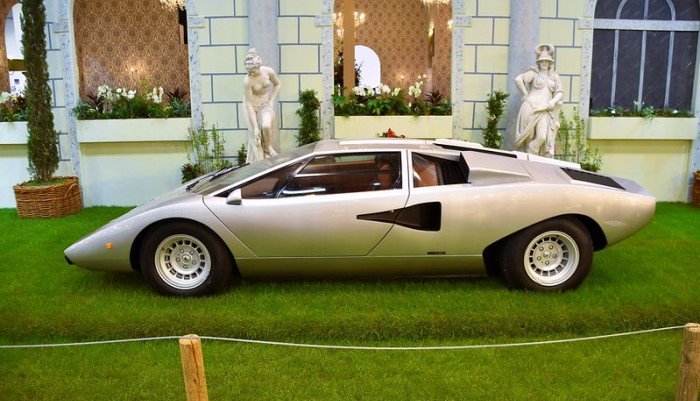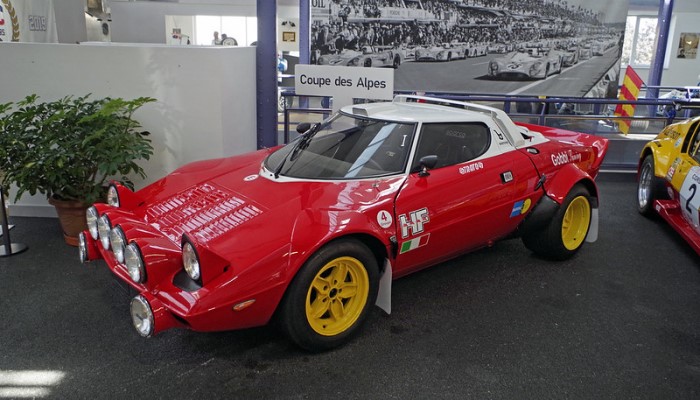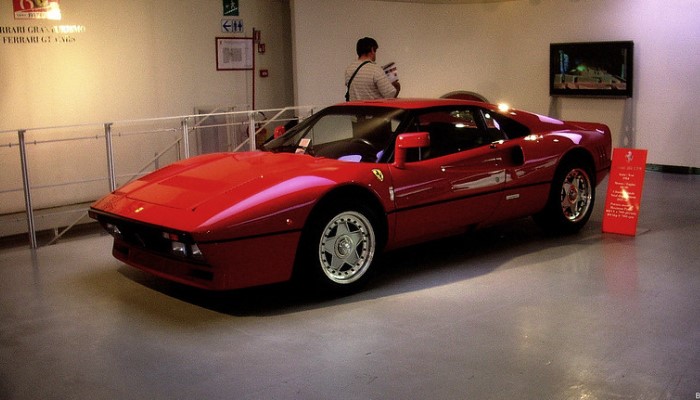Lamborghini Miura SV
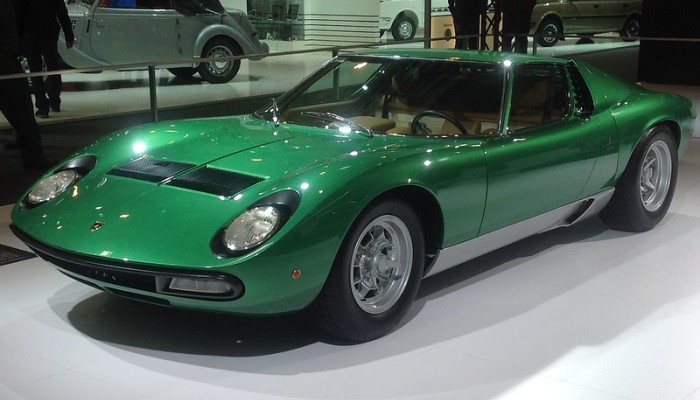
Photo: "Lamborghini Miura P400 SV" by andreboeni
Unforgettable Body Line
The vast majority of road cars are front-engined; very few are rear-engined, and those with a base engine can generally be counted on the fingers. Especially in the late 1960s.
Inspired by the Ford GT40, Ferruccio Lamborghini exhibited a mid-engined chassis at the 1965 Turin Motor Show to great interest. Five months later, the car, with a body by Marcello Gandini of Bertone, made a splash at the 1966 Geneva International Motor Show.
Early Miuras were notorious for their fire hazards. The problem was caused by the installation of Weber 40 IDL 3C1 carburetors, specially designed for racing use. In city driving mode, at idle, fuel was overflowing, which sometimes led to fires.
The carburetors were later modified by one of Lamborghini's engineers, and the ignition problems disappeared. The front location of the fuel tank made the controllability of the car directly dependent on the presence of fuel in the tank.
With a half-empty tank and a speed exceeding 149 mph (240 kph), the car became difficult to control. The last and most famous Lamborghini Miura SV, or P400SV, was presented in 1971., and had an improved 240 cu in (3,929 cc) 12-cylinder V-twin engine with larger valves and upgraded carburetors.
Engine power increased by 15 hp compared to the previous model and reached 385 hp at 7,850 rpm.
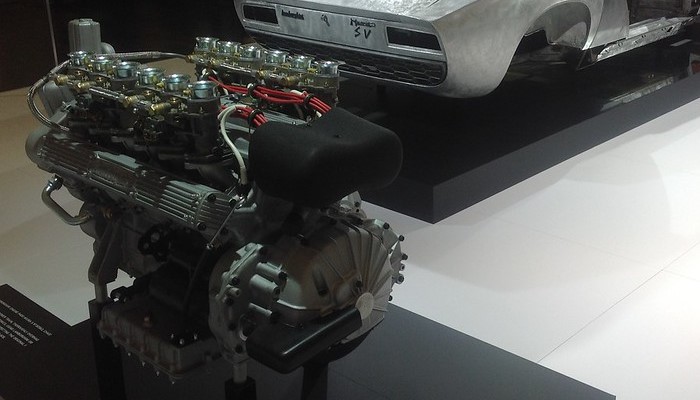
Photo: "Lamborghini Miura P400 SV" by andreboeni
The increase in power led to an increase in fuel consumption, and the factory, as an option, offered the installation of a larger fuel tank (110 liters).
The gearbox now had its own lubrication system independent of the engine, which made it possible to use special grades of oils in the transmission.
By looking at the exterior, the Miura SV differed from its predecessors by the absence of "eyelashes" around the headlights and wider fenders that accommodated new 9-inch-wide wheels with Pirelli Cinturato tires.
The speed of the car reached 179 mph (288 kph), and the acceleration time to 100 kph (62 mph) was 5.5 seconds. In total, Automobili Lamborghini produced 150 Miura SVs, including one owned by Frank Sinatra.
Production of the Lamborghini Miura began in 1966 and ended in 1973. During this time, mid-engined cars competed with success in various competitions, including the 24 Hours of Le Mans.
But among road cars, Miura was one of the first, setting the mid-engine layout as the benchmark for supercar design.
Interior
Considered by many to be the original supercar, the Miura was revolutionary in its design and engineering and still adorns much of the interior styling of today's modern, high-performance vehicles.
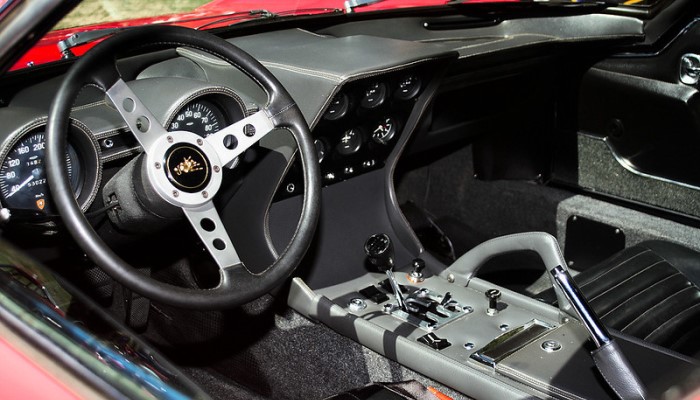
The interior of the Miura is extremely distinct and exclusive, featuring black leather seating and chrome trim along the dashboard. The door panels are finished in brushed steel, giving them a luxurious, almost domed finish.
There are also small chrome buttons and an ashtray lined in polished aluminum on the center console. Despite its age, the bright trim and finish of the dash remain in near-pristine condition.
The Lamborghini Miura SV's interior is also designed for comfort, offering plenty of leg room and a tiltable steering wheel. The dash is designed to be ergonomic and intuitive, with all of the main functions and switches easily accessible. The seats are reclining, and the seatbelts have integrated air cushions.
From the minute detail in the Miura's interior to its lavish and avant-garde design, the SV was created with luxury and performance in mind. Critics have called it "the Ferrari of the 21st century," a title that seemed to have stuck with the Miura from its debut.
The Miura SV stands apart from anything else in its class, and the interior is sure to impress even the most discerning car enthusiasts.
Miura SV in Today's Market
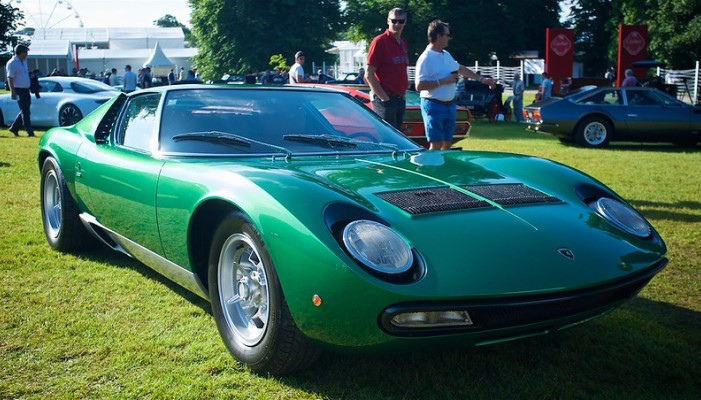
The Lamborghini Miura SV is one of the most iconic supercars of all time, and its value in today’s market reflects its sought-after status.
Launched in 1971, the Miura SV was the ultimate variant of the Lamborghini Miura range and was heralded for its unique design, lightweight frame, and impressive powertrain.
Today, the Lamborghini Miura SV is one of the most desirable and collectible classic cars on the planet, and its value is increasing year after year.
On average, a mint-condition Miura SV can fetch over $2.5 million, depending on the mileage, condition, and provenance. It’s not quite as valuable as the ultra-rare McLaren F1 (which is currently worth over $10 million), but it’s definitely far from cheap.
Part of what makes the Lamborghini Miura SV so desirable is its exclusivity. There were only 150 Miura SVs made in total, making it one of the rarest production cars ever.
In addition, its iconic design and advanced technology for its time make it the perfect collector’s item. Despite its hefty price tag, the Lamborghini Miura SV is a car that is sure to be appreciated for years to come.

Unique Car Zone Team
A group of several fans of everything that moves on four wheels, a few article creators, a couple of marketing strategists, designers, web developers, and lots of coffee.




